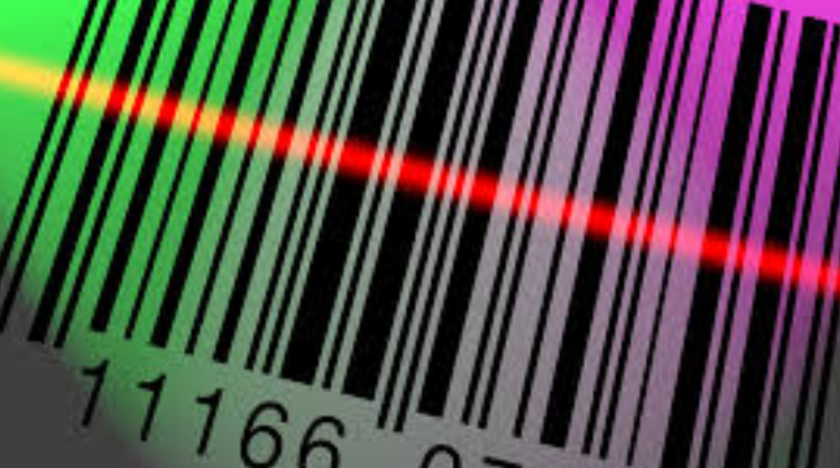M+E Connections

Digimarc CEO: Thermal Labels To Be ‘Largest Contributor’ to 2018 Revenue Growth
Story Highlights
The new Digimarc Barcode for Thermal Labels are “expected to be the largest contributor” to Digimarc’s 2018 revenue growth, according to CEO Bruce Davis.
This year’s Digimarc revenue growth is “expected to include license fees and software and service revenues from enhancement of packaging, thermal labels, hangtags and shelf labels and perhaps other media and associated applications,” he said Feb. 21 during an earnings call for the fourth quarter and year ended Dec. 31.
While unveiling Digimarc Barcode for Thermal Labels in January, the company said retail thermal labels with Digimarc Barcode “scan even when ripped, creased, smudged or damaged, making checkout faster and easier for both customers and cashiers.” Digimarc Barcode for Thermal Labels also “encode GS1 Application Identifiers (AIs) for fresh foods, allowing retailers to dynamically adjust pricing on soon-to-be-expired fresh foods or sell items at a discount, instead of discarding them as shrink,” it said in a news release.
Digimarc reported revenue for the 2017 fiscal year grew 16% from 2016, to $25.2 million “due to higher license revenue reflecting” a $3.5 million “onetime license fee we earned” in the third quarter, CFO Charles Beck told analysts on the call. “Service revenue was up marginally, while subscription revenue was down marginally,” he said, noting subscription revenue was impacted by lower revenue from Guardian Watermarking, “offset by higher Digimarc Discover and Barcode revenue.”
Gross margin was 66% for the year, up five points from 2016, “reflecting the impact of higher license revenue,” Beck said. Operating expenses for the year were $8 million higher than 2016, “reflecting the impact of increased staffing,” he said, pointing out Digimarc’s professional staff increased from 180 to 207 full-time employees in 2017, with “most positions focused on sale and delivery of Digimarc Discover and Barcode.” Digimarc reported a loss of $25.8 million (-$2.44 a share) for the year compared to the $21.7 million loss (-$2.36 a share) it reported for 2016.
Revenue for Q4 dipped to $4.9 million from $5.2 million in the same quarter a year earlier, “primarily due to lower license revenue reflecting the impact of the $3.5 million upfront license fee we realized” in Q3 of 2017 in which it “waived any future royalty obligations from this licensee in one of the licensed fields of use,” it said in an earnings news release without identifying the licensee. Digimarc’s Q4 loss widened to $8.4 million (-76 cents a share) from $5.8 million (-57 cents a share) in Q4 a year earlier.
Digimarc is “anticipating making some substantial proposals to leading retailers during 2018 that will generally include private brand packaging and thermal label enhancements with initial application focused on improving store operations through better cashier-assisted and self-checkout, price audits, shelf compliance, inventory management and dynamic pricing,” Davis said on the call.
He pointed to a recent published report that said San Antonio-based regional retailer H-E-B is piloting a self-checkout consumer mobile app using Digimarc software at two of its stores.
Digimarc, however, is “being cautious about adding more domestic-based retailers due to resource constraints,” Davis said, explaining: “In our view, in light of the constraints, a controlled rollout of applications is the best approach to this phase of market development. On the product front, we are managing a controlled rollout of Digimarc Barcode for thermal labels.”
The company has, meanwhile, “made a lot of progress in becoming active supporters of the SmartLabel program and are engaged with several leading consumer products companies who would like to use Digimarc Barcode for SmartLabel,” he also said.
The Digimarc executives made no mention of blockchain on the call.
But speaking at the Needham Growth Conference in New York in January, Davis said benefits of merging blockchain technology with Digimarc Barcode included the shared version of data entries, increased security and trust between parties, reduced data duplication and reconciliation, reduced cost of label production, simplified and more accurate scanning process via increased redundancy, and having a competent data carrier across all media.









